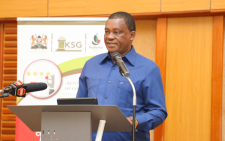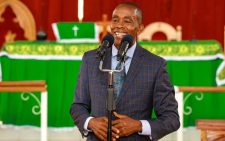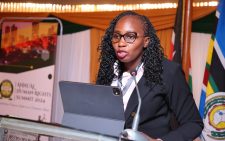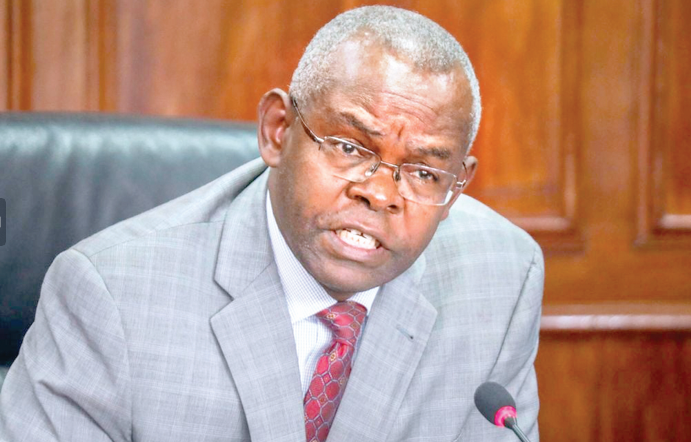Central banks urged to focus on green financing
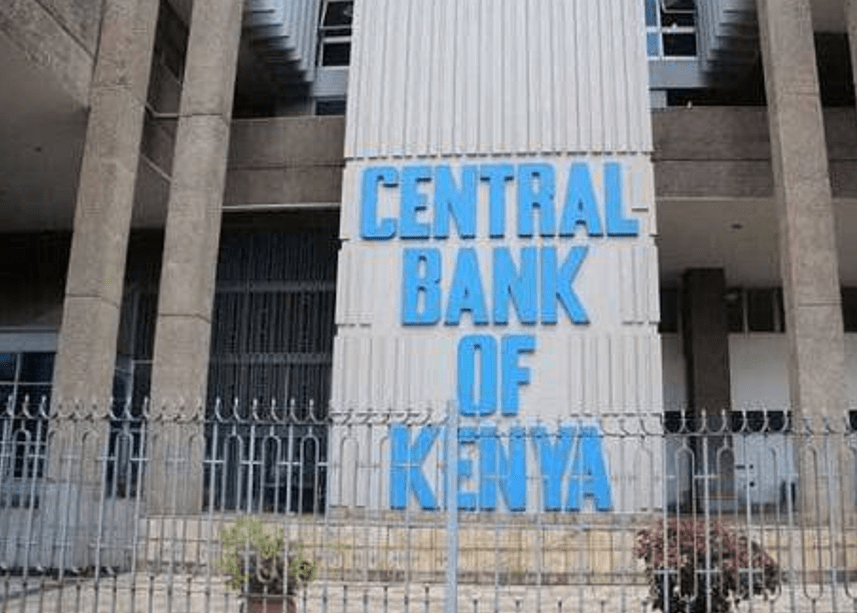
The Common Market for Eastern and Southern Africa (Comesa) has urged central banks to tap existing skills in forecasting and develop climate-related macroeconomic models and projections.
This after Comesa embarked on steps to address climate change leveraging a sustainable financing system in the region.
By encouraging economic agents to adopt green practices, central banks can accelerate the transition to a low-carbon economy, by leveraging existing skills in forecasting to develop climate-related macroeconomic models and projections, says a Comesa report.
Losses indicated on balance sheets from materialising physical risks or stranded assets usually result in reduced flow of credit to the real economy- the production, transportation and the sale of goods and services. Also, there are implied higher credit risk premiums for not taking action in time for green transition, resulting in higher cost of doing business, lowering investment and economic growth in the country.
“Climate related uncertainty may increase precautionary savings and reduce incentives to invest,” reads the report in part.
In line with this, Kenyan banks and other financial institutions since last week have been launching their sustainability reports which essentially are looking at how the communities within which they operate are being impacted and how they are helping advocate for lower carbon emissions by entities they are working with too.
According to the Kenya Bankers Association (KBA), as primary providers of finance regulated by the CBK, have the regulator has a key role in driving the transition towards a sustainable future in a low-carbon regime.
The Comesa report further shows that the cost of tapping on technological innovation and production of renewable energy is usually high implying that there will be an upward pressure on equilibrium interest rates – situation where the savings and the demand for loan capital are in balance; and the central bank policy rate becomes ineffective in determining monetary policy stance..
